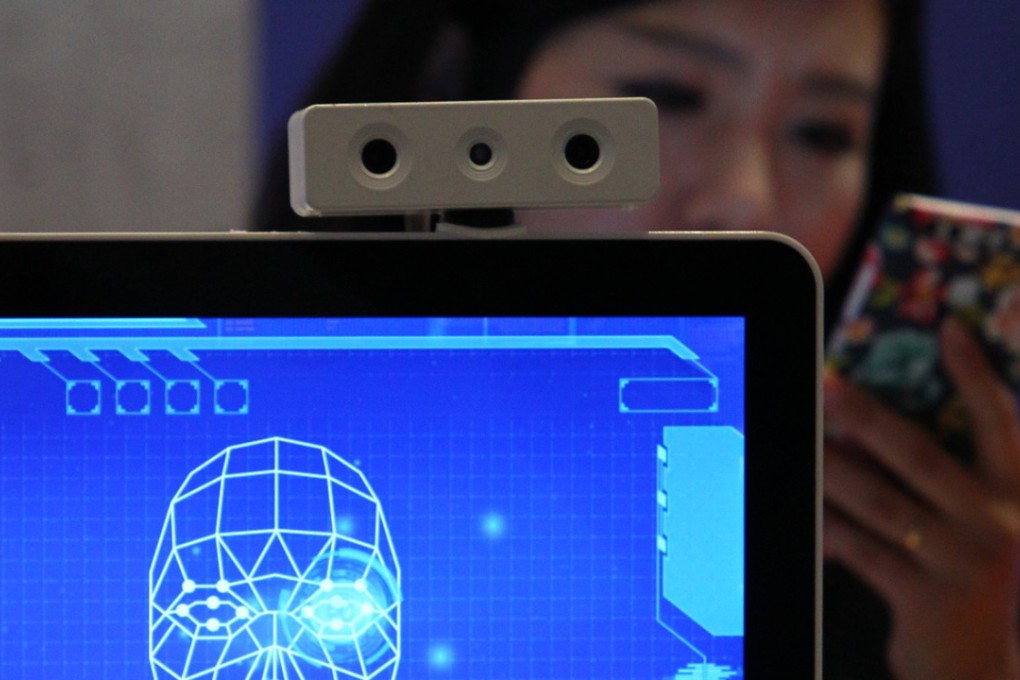Exclusive | ‘Made in China 2025’: China has a competitive AI game plan but success will need cooperation
The fourth instalment of a series on China’s hi-tech industry development master plan looks at artificial intelligence (AI) and its promise to lift the country’s industries up the value chain

Go, also known as weiqi, has been played in China since the Zhou dynasty that ran from 1,046-256BC. A two-person strategy game on a 19 X 19 grid board with black and white stones, weiqi is the most complex contest played by humans, with more possible moves than the total number of estimated atoms in the visible universe.
But in 2017 an emblem of Western innovation outplayed the Middle Kingdom at literally its own game, when AlphaGo, a computer program from Alphabet's DeepMind Technologies, beat the world’s top player Ke Jie 3-0 in a Sputnik-like moment that spurred China into a concerted, state-directed effort to catch up in artificial intelligence (AI).
Dubbed the fourth industrial revolution, the development of AI encompasses a wide range of technologies that can perform tasks characteristic of human intelligence, such as understanding language and recognising objects. Sometimes described as machine learning, what separates AI from ordinary computer programming is the capacity for machines to correct themselves through trial and error, mimicking the cognitive functions of the human mind.
After many false starts in the 20th century, AI is finally making waves and has captured the attention of policymakers around the world due to concurrent advances in computer power, data collection and theoretical understanding.
Aside from gaming, the practical applications of AI are huge – from diagnosing serious illnesses like lung cancer using medical imaging, to improving manufacturing processes using sensors and big data, to enhancing security and surveillance at immigration controls at airports using facial recognition technology.
The process started with the issuance by the State Council in July 2017 of “A Next Generation Artificial Intelligence Development Plan”. The three-step road map involves keeping pace with leading AI technologies and applications in general by 2020; then to achieve AI breakthroughs by 2025; and finally to be the world leader in a domestic industry worth US$150 billion by 2030.
